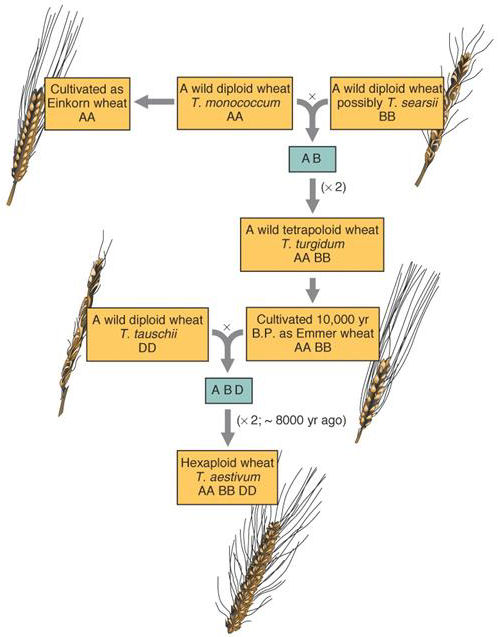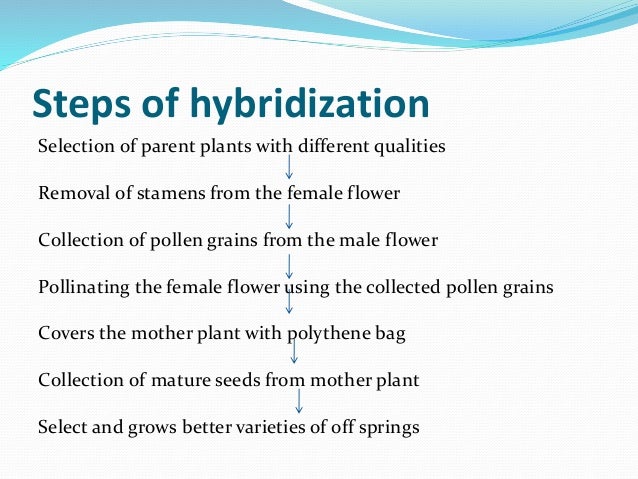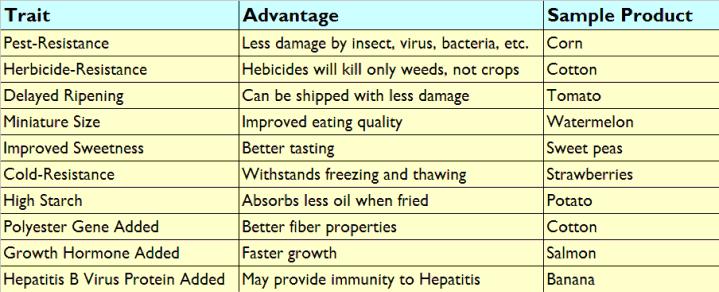How does a transgenic plant differ from a hybrid plant?
1 Answer
Hybridisation involves appearance of heterozygocity at many allelic sites through vertical transmission of genes but a transgenic plant receives only one or two specific alien genes through horizontal transmission.

Explanation:
Hybridisation can be done between two different varieties of plants or between two different species of plants. There are several instances when natural hybridisation helped in evolution of modern day crops such as wheat. A hybrid plant receives one haploid set of chromosomes from each parent plant.

Hybridisation of plants generally resulted in appearance of 'vigour' in the hybrids. First such report came from the observations of German biologist, Joseph Kolreuter.

Hybridisation is practised widely in agriculture to create improved varieties; though only successful man-made example of intergeneric hybridisation is Triticale, a cross between wheat and rye.

Creation of a transgenic is done in a laboratory. First a desired gene is identified which would go into the genome of a plant. The selected gene can be introduced in the plant cells either by using bacterial plasmids or by using 'gene gun' (vector less transfer). Plant cells which have taken up the gene are selected, cultured and genetically modified/transgenic plants are raised. Commercial use of transgenic plants often face ethical, ecological and cultural issues.

A small list of transgenic crops:

